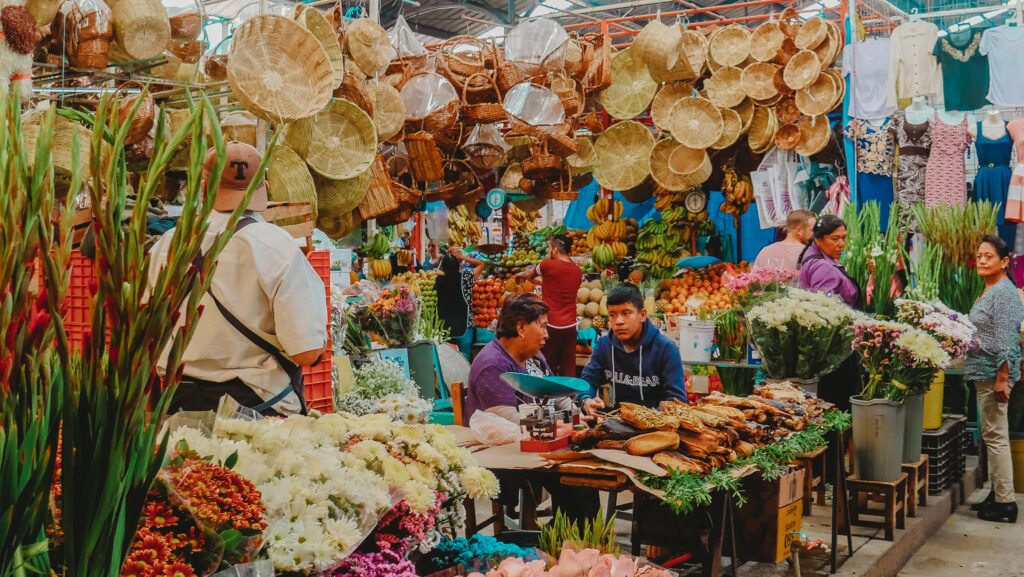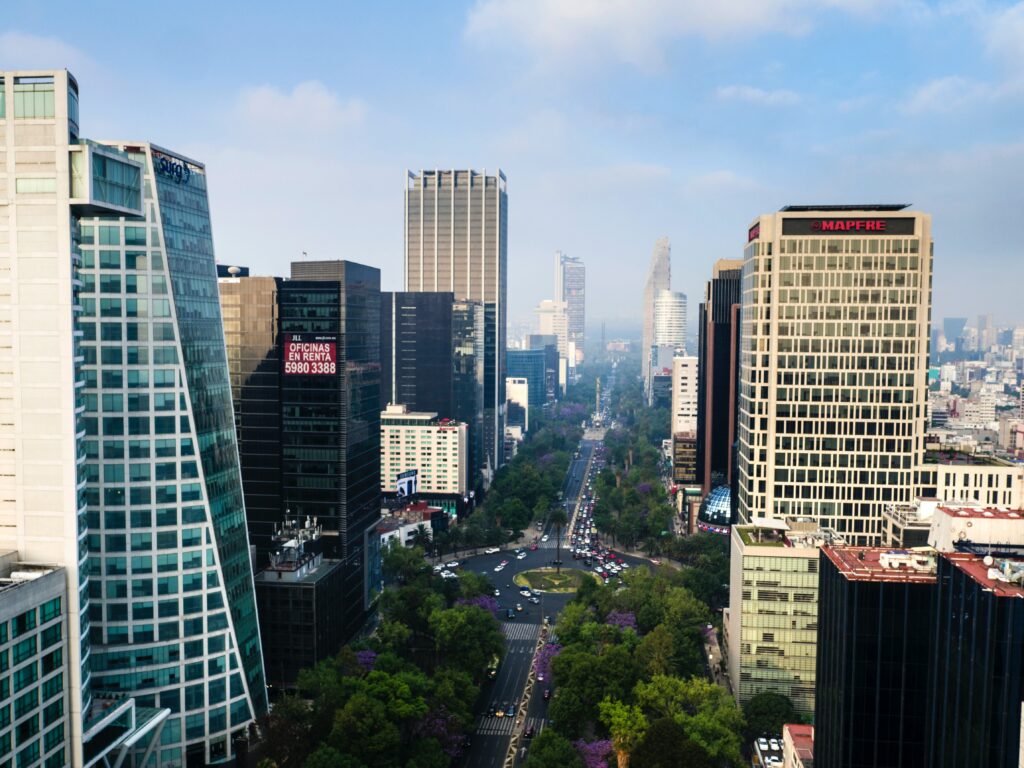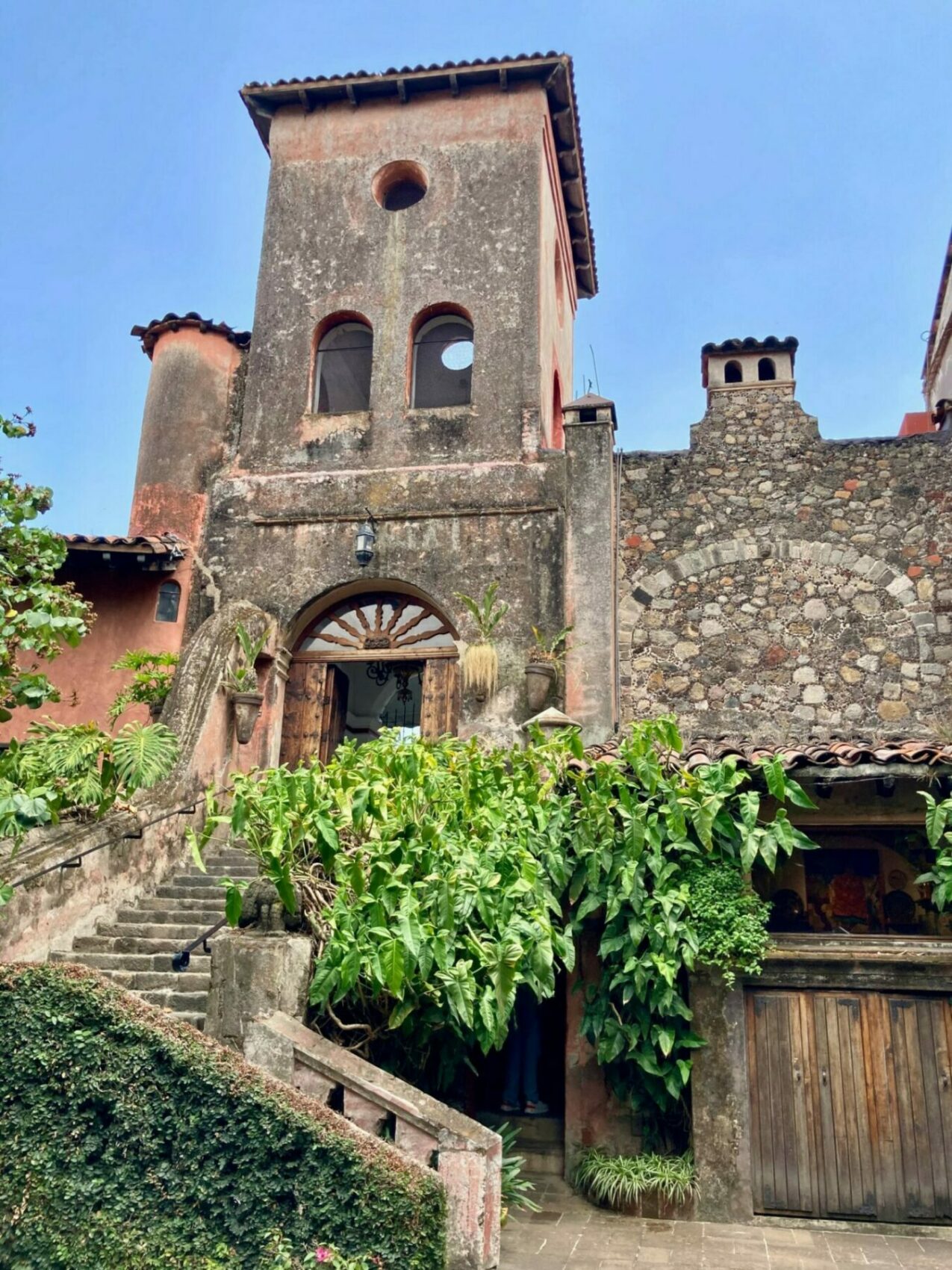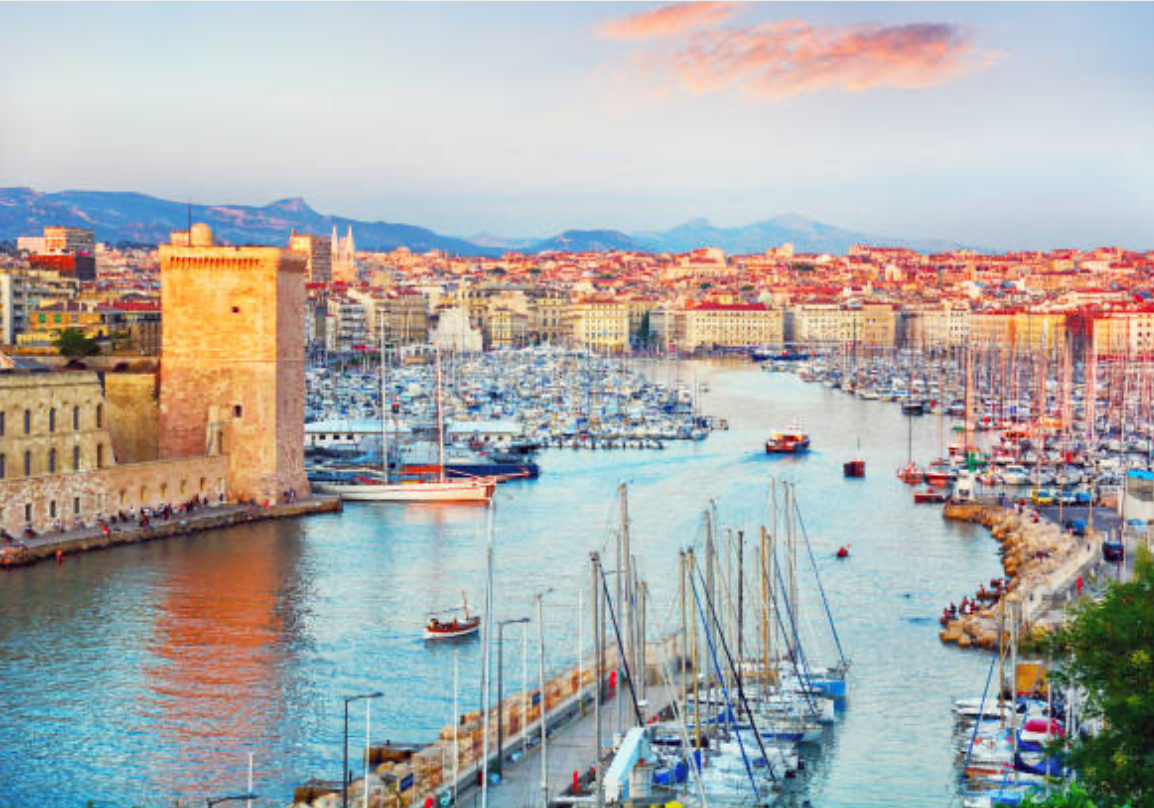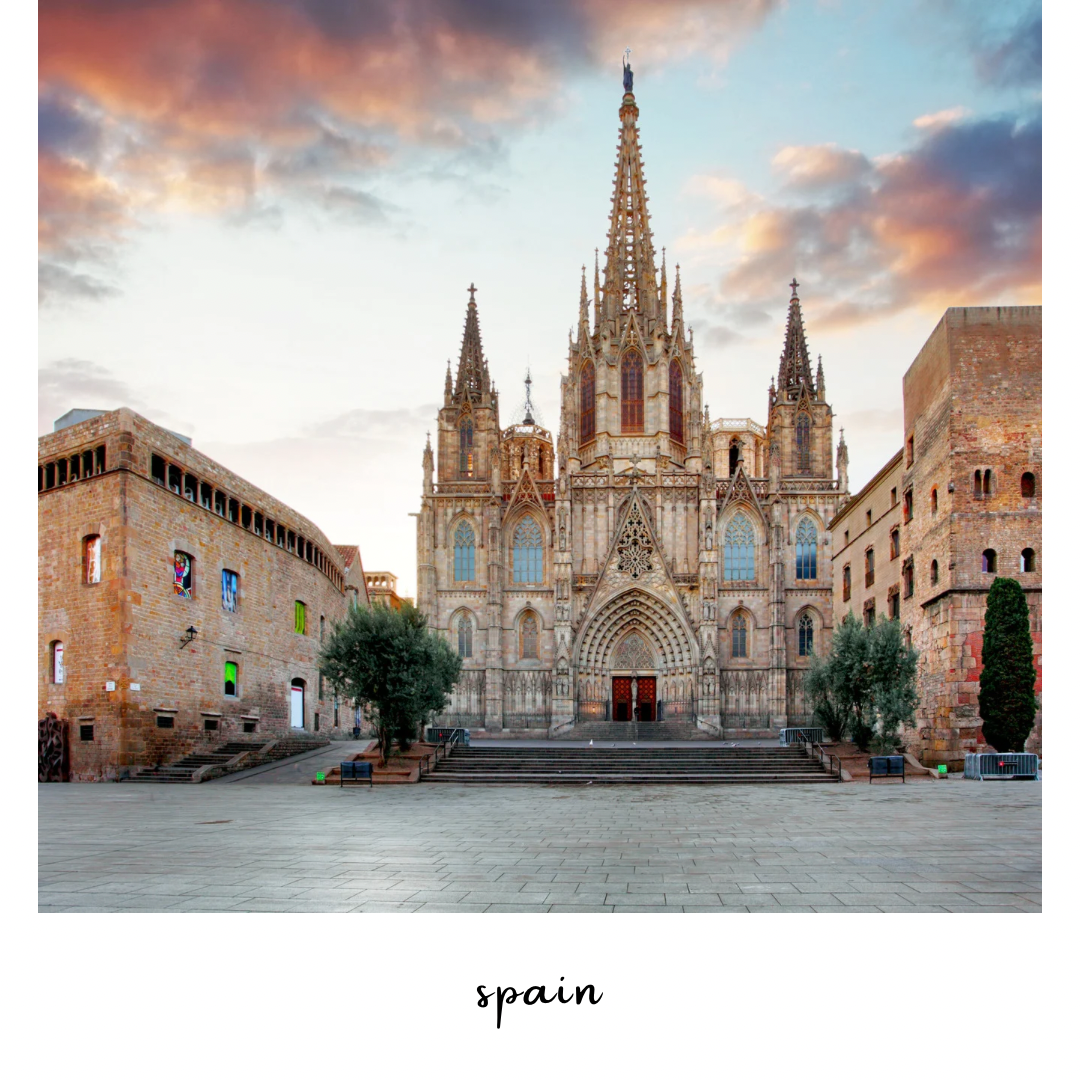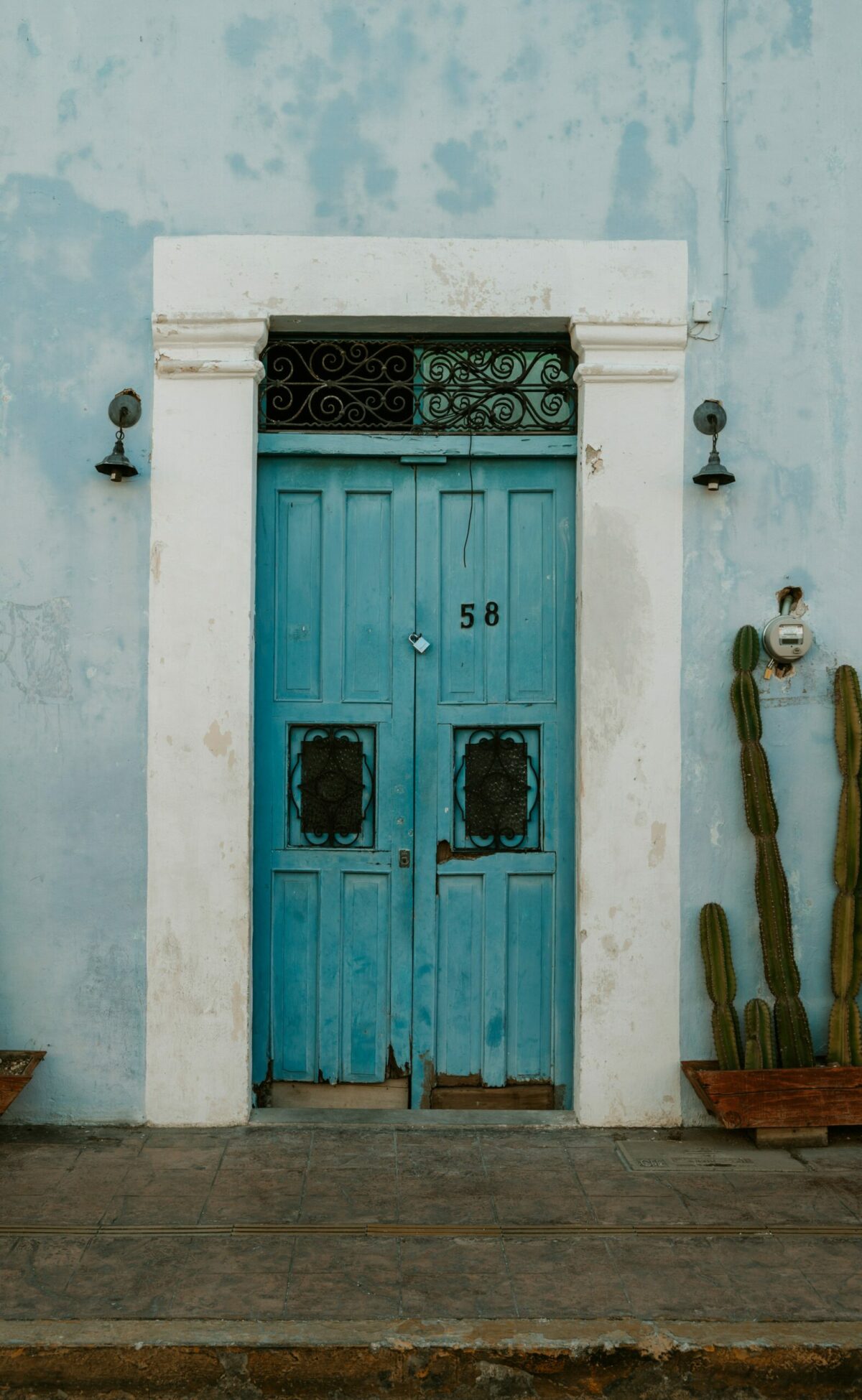
Best Places to go in Mexico City: Advice from a local
Where you need to go
La Roma Norte
Roma is a trendy and vibrant neighborhood in Mexico City known for its artistic atmosphere, beautiful tree-lined streets, and a mix of colonial and art nouveau architecture. It has an Artsy and bohemian atmosphere, Architectural Diversity: Cafés and Restaurants, Boutique Shopping, theaters & cultural centers and Green oases where you can relax. La Roma Norte comes alive at night with its vibrant nightlife. Bars, clubs, and mezcalerias.
Chapultapec Castle / Museo Chapultapec
This historical museum is massive. It sits on top of a hill that takes about 15 minutes to walk up to. It is the only castle in North America that actually served as a residence for royalty; Mexican Emperor Maximilian. Originally built in the 18th century as a summer residence for the Spanish Viceroy, the castle later became the site of significant events in Mexican history:
Mexican War of Independence: During the struggle for Mexico’s independence from Spanish rule, the castle played a role as a military academy.
Mexican-American War: The castle was used as a military stronghold during the Mexican-American War in the mid-19th century.
Second Mexican Empire: Emperor Maximilian I and Empress Carlota made the castle their residence during the short-lived Second Mexican Empire.
Presidential Residence: In the late 19th and early 20th centuries, the castle served as the official residence for several Mexican presidents.
Today, the Castillo de Chapultepec is a museum, housing various exhibits that showcase Mexico’s history, art, and culture. The site provides stunning views of Mexico City and its surroundings, and it remains an iconic landmark in the city.
Plan on at least 3 hours. However, you can easily spend all day here. It really is beautiful with lots to experience and see. There are gardens and there are incredible views from everywhere, as this castle is central in Mexico City and sits above the city.
The Bosque de Chapultepec is an immense Mexico City park—one of the largest in the entire Western Hemisphere. With lots of green space and historic sites to enjoy. It is double the size of Central Park in New York City.
Zocolo
Zocolo is officially known as the “Plaza de la Constitución,” is the main square in the historic center of Mexico City, Mexico. It’s one of the largest city squares in the world and holds great cultural, historical, and political significance.
Here are some key points about Zócalo:
Historical Significance: Zócalo has a rich history dating back to the time of the Aztecs when it was the central ceremonial and administrative space of the Aztec capital of Tenochtitlan.
Central Location: Zócalo is located in the heart of Mexico City’s historic center and is surrounded by important buildings, including the Metropolitan Cathedral, the National Palace, and the Templo Mayor archaeological site.
National Palace: The National Palace, situated on one side of Zócalo, is the official residence of the President of Mexico. It houses murals by Diego Rivera depicting Mexico’s history.
Metropolitan Cathedral: The Metropolitan Cathedral of Mexico City, located on another side of Zócalo, is a stunning example of Spanish colonial architecture. It’s one of the oldest and largest cathedrals in the Americas.
Templo Mayor: The Templo Mayor archaeological site is adjacent to Zócalo. It showcases the remains of an ancient Aztec temple and offers insights into the city’s pre-Hispanic history.
Festivals and Events: Zócalo hosts various events and festivals throughout the year, including Day of the Dead celebrations, concerts, art exhibitions, and more.
Zócalo is a symbolic and iconic location that reflects Mexico’s cultural heritage and its historical transformation from the Aztec capital to a modern metropolis. It’s a must-visit destination for anyone exploring Mexico City and its vibrant history.
Polanco
Polanco is a prestigious and upscale neighborhood located in Mexico City. It’s known for its cosmopolitan atmosphere, luxurious boutiques, high-end restaurants, and beautiful tree-lined streets. Polanco is one of the most affluent neighborhoods in Mexico City. It’s characterized by its modern architecture, upscale residences, and luxurious amenities.
Where to eat
Tacos Ι Tortas Ι Enchiladas
Máximo Bistrot (Roma) – French-Mexican fusion with great cocktails and wine list, offering both à la carte and nine-course tasting menu options
Nicos (Azcapotzalco) – A longstanding institution since 1957 serving traditional Mexican food with creative twists, famous for their Tijuana-style caesar salad and chiles en nogada
For tacos, I always head to El Califa Taqueria. The quality is consistently excellent across their entire menu – you really can’t make a bad choice here.
El Morro is the place for churros – consider it mandatory dessert. The lines can be intimidating due to its popularity, but the quality makes the wait worthwhile. Both restaurants have multiple Mexico City locations, so you can choose what’s most convenient.
The city’s diverse culinary scene showcases a fusion of international flavors and local ingredients, making it a hub for those who appreciate exquisite gastronomy.
Do’s and Don’ts in Mexico
Tip so that you don’t get sick when visiting Mexico. Just remember this: If you can’t peel it or cook it- Don’t eat it!
Also, I don’t recommend eating street tacos. Yes, They are the most incredible thing that you can eat in Mexico. However, if you don’t want to get sick, I suggest to only eat in restaurants. You’re taste buds will be happy but your stomach will not. You will want to stay feeling well to enjoy your incredible trip to Mexico City. There’s a lot to see and experience. Being sick on your trip would be no bueno.
Shopping
There are plenty of places to shop in Mexico City. My recommendation: Artz Pedregal. There is everything from Louis Vuitton to Zara. This place is an Architectural masterpiece. And if you get hungry from all the shopping, there are plenty of restaurants to choose from here.
Climate
One of the unique aspects of Mexico City’s climate is its relatively stable temperatures year-round, thanks to its high elevation. While there can be daily temperature fluctuations, extreme heat or cold is rare. Rainy Season (Summer): The rainy season spans from May to October. During this time, Mexico City experiences higher humidity and more frequent rainfall. Afternoon showers and thunderstorms are common, and the city’s surroundings become lush and green. Daytime temperatures range from around 16°C to 23°C (61°F to 73°F)
Mexico City has a subtropical highland climate, which is characterized by mild temperatures and distinct wet and dry seasons. Overall, Mexico City’s elevation and climate contribute to its unique character and the pleasant weather conditions that have earned it the nickname “City of Eternal Spring”.For tacos, I always head to El Califa Taqueria. The quality is consistently excellent across their entire menu – you really can’t make a bad choice here.
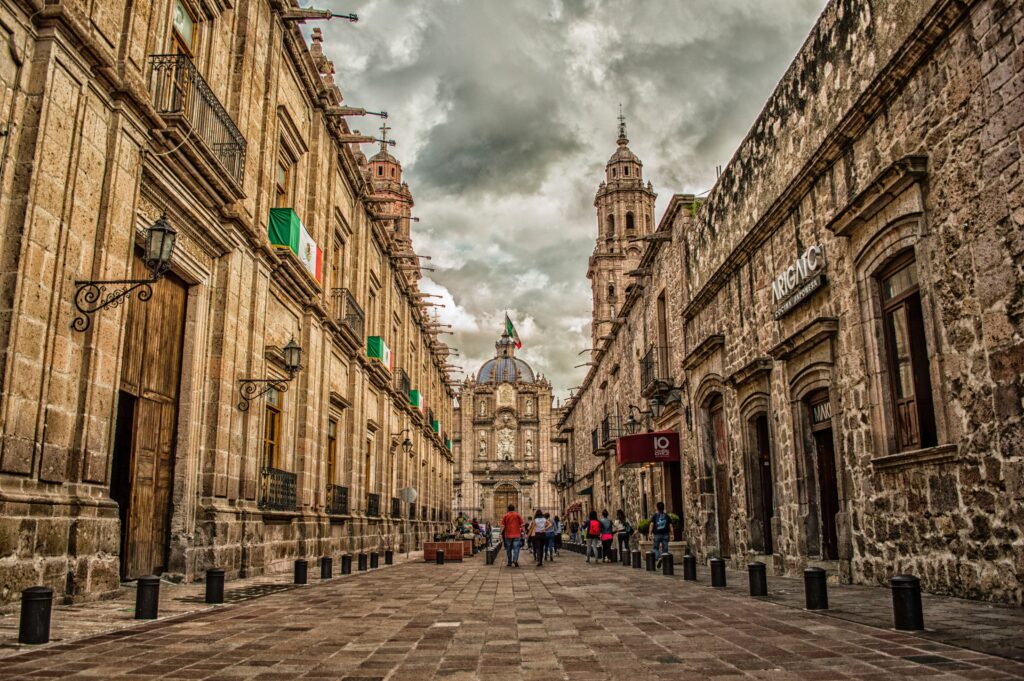
Parisian influence in architecture in Mexico City
It’s a fascinating narrative that spans several centuries. This influence can be traced back to the French intervention in Mexico during the mid-19th century when French troops, led by Emperor Napoleon III, occupied the country. This period, known as the Second Mexican Empire (1864-1867), had a profound impact on various aspects of Mexican culture, including architecture.
During this time, many Mexican architects and builders were exposed to French architectural styles and ideas. The influence of French architecture, particularly the Second Empire style characterized by ornate facades, mansard roofs, and classical elements, began to make its way into Mexican architectural designs. Notable examples of this influence can be seen in some of Mexico City’s historic buildings and landmarks from this era.
One of the most iconic examples of Parisian influence in Mexico City’s architecture is the Palacio de Bellas Artes (Palace of Fine Arts). Designed by Italian architect Adamo Boari and later completed by Mexican architects, this magnificent building features a Neoclassical exterior with Art Nouveau and Art Deco elements in its interior, reflecting a blend of European and Mexican architectural styles.
Furthermore, the Porfiriato era, which refers to the presidency of Porfirio Díaz (1876-1880, 1884-1911), saw the construction of many grand boulevards and buildings inspired by European styles, including Parisian architecture. The Paseo de la Reforma, modeled after the Champs-Élysées in Paris, is a prime example of this influence. It is lined with elegant mansions and landmarks that reflect the architectural tastes of the time.
In the early 20th century, as Art Nouveau and Art Deco movements gained popularity in Europe, they also found their way into Mexican architecture, leaving a lasting impact on the design of buildings, interiors, and even furniture in Mexico City. Today, the Parisian influence can still be seen in various architectural elements throughout Mexico City, from historic buildings to contemporary designs.

